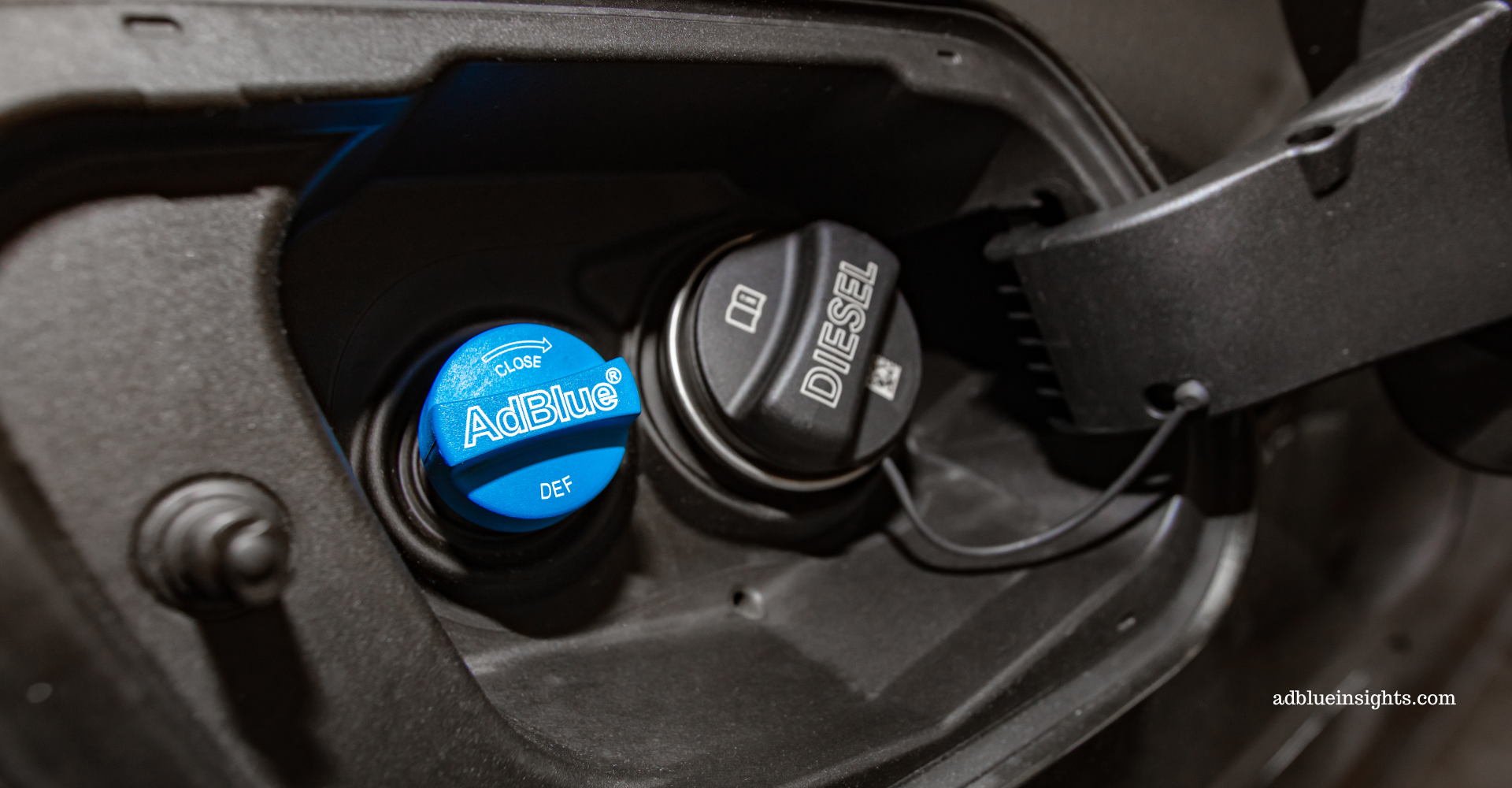AdBlue, also known as Diesel Exhaust Fluid (DEF), is a vital component in modern diesel engines designed to meet stringent emissions standards. As environmental concerns grow and regulations tighten, understanding AdBlue’s role in reducing harmful emissions is crucial for anyone driving a diesel vehicle or working in industries that rely on diesel engines.
What is AdBlue?
AdBlue is a clear, non-toxic liquid made up of 32.5% urea and 67.5% deionized water. This simple yet effective fluid is specifically designed to work with Selective Catalytic Reduction (SCR) technology in diesel engines. The primary function of AdBlue is to reduce harmful nitrogen oxide (NOx) emissions, which are significant contributors to air pollution and smog.
Despite its chemical composition, AdBlue is not a fuel additive and never comes into direct contact with the diesel fuel itself. Instead, it is stored in a separate tank within the vehicle and is injected into the exhaust system.
How Does AdBlue Work?
AdBlue plays a critical role in the SCR system, a technology that many diesel vehicles use to meet environmental regulations, particularly the Euro 6 emissions standard in Europe and similar regulations worldwide. The process begins when AdBlue is injected into the hot exhaust gases produced by the engine. Upon injection, AdBlue vaporizes and decomposes into ammonia and carbon dioxide.
This ammonia is then used in the SCR catalyst to convert nitrogen oxides (NOx) into harmless nitrogen (N2) and water vapor (H2O), which are naturally occurring components of the air we breathe. This chemical reaction significantly reduces the emission of NOx, a pollutant linked to respiratory problems and environmental degradation.
Why is AdBlue Important?
AdBlue is essential for any diesel vehicle equipped with an SCR system, which includes a wide range of trucks, buses, agricultural machinery, and even some passenger cars. Without AdBlue, the SCR system cannot function properly, leading to higher NOx emissions that can cause the vehicle to fail emissions tests and result in legal penalties or operational restrictions.
Moreover, many modern diesel vehicles are programmed to reduce engine power or even prevent the engine from starting if the AdBlue tank is empty. This is a critical measure to ensure compliance with emissions standards and protect the environment from excessive pollution.
Common Concerns and Misconceptions
One common misconception about AdBlue is that it can damage the engine. However, AdBlue never comes into contact with the engine itself; it is only used in the exhaust system. As long as it is used correctly and stored properly, AdBlue poses no risk to the engine or other vehicle components.
Another concern is the frequency of refilling AdBlue. The consumption of AdBlue depends on several factors, including the type of vehicle, driving conditions, and how the vehicle is used. On average, a passenger car might use about one liter of AdBlue every 600 to 1,000 kilometers, while larger vehicles like trucks will consume more.
How to Use and Store AdBlue
Using AdBlue is straightforward: simply top up the AdBlue tank when required, similar to how you would refuel your vehicle. Most vehicles have a gauge or warning light to indicate when the AdBlue level is low. It’s important to use high-quality AdBlue from reputable suppliers to ensure the SCR system functions correctly.
AdBlue should be stored in a cool, dry place away from direct sunlight. Extreme temperatures, both hot and cold, can degrade the quality of AdBlue, reducing its effectiveness. If stored properly, AdBlue has a shelf life of about one year.
